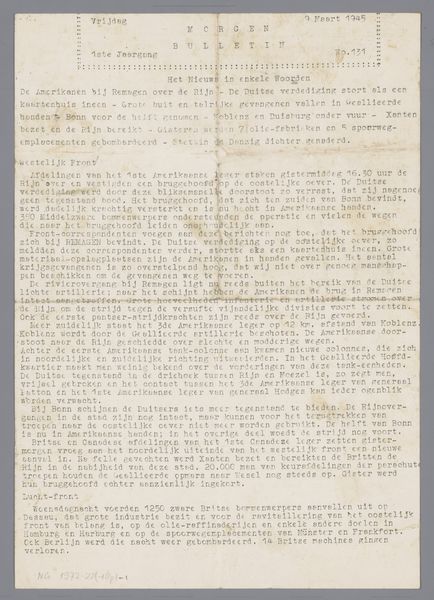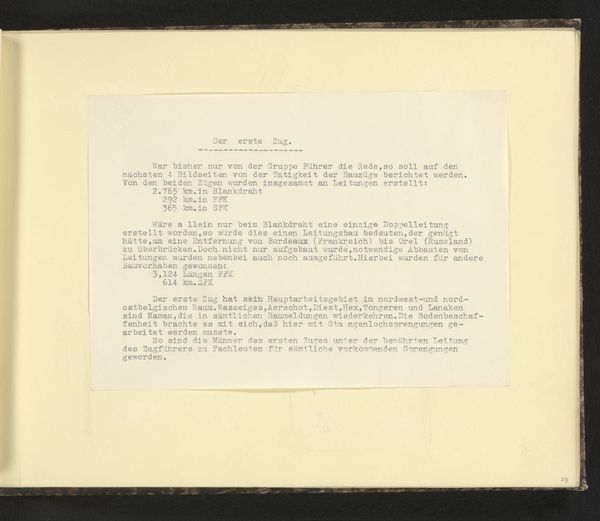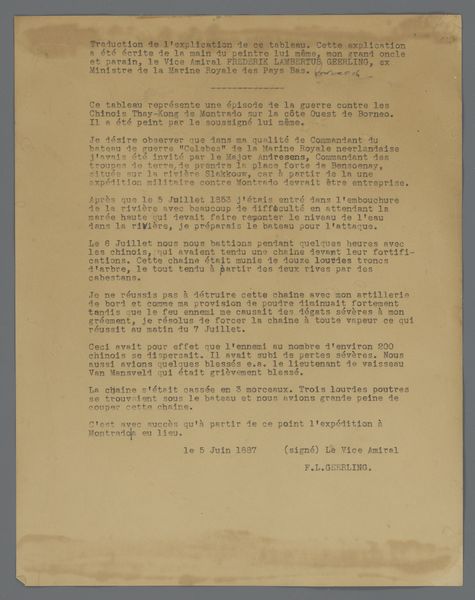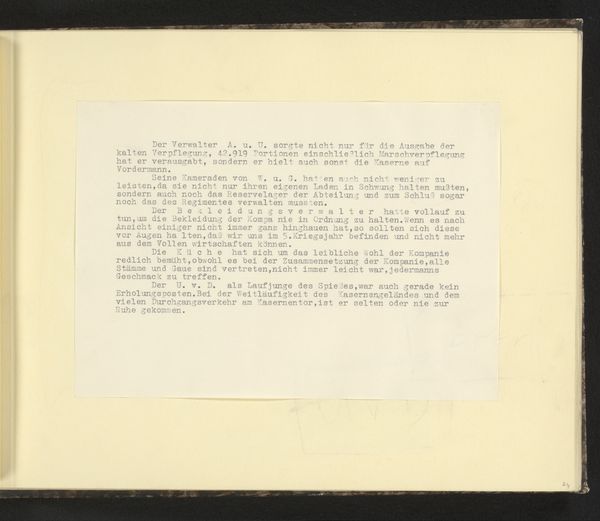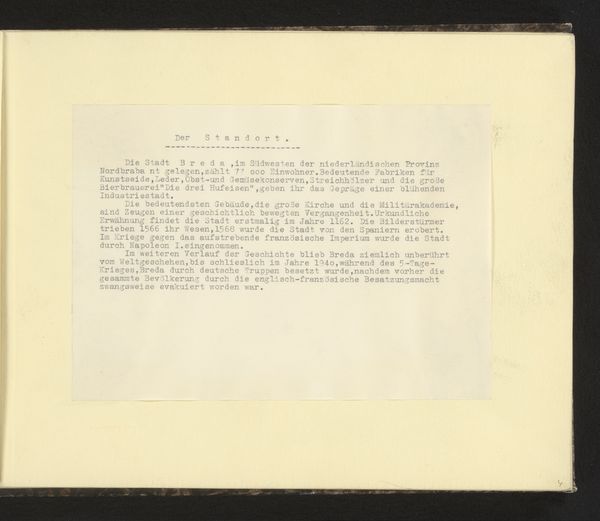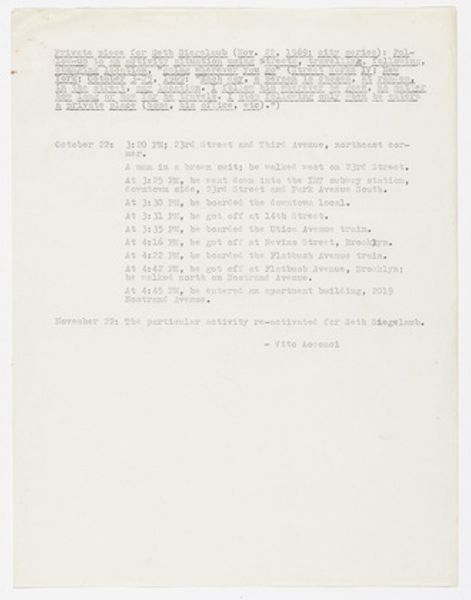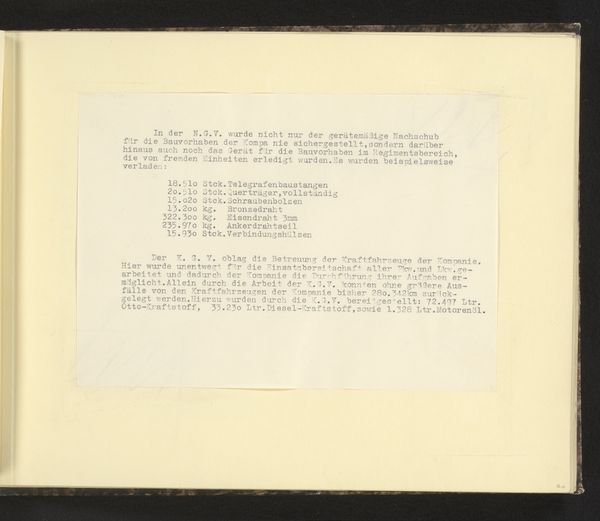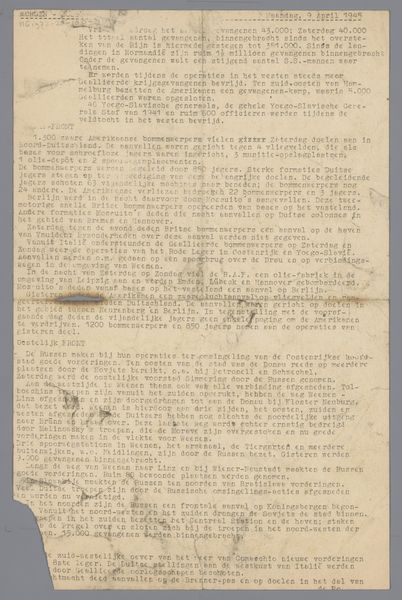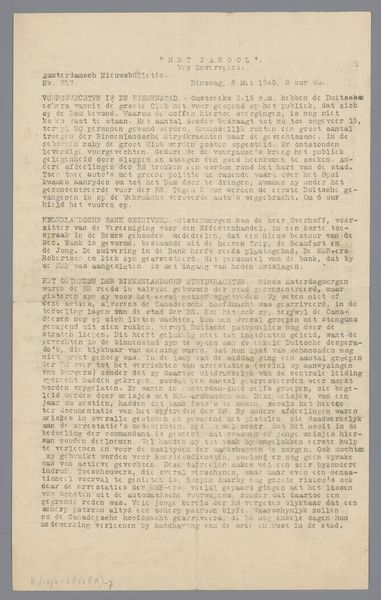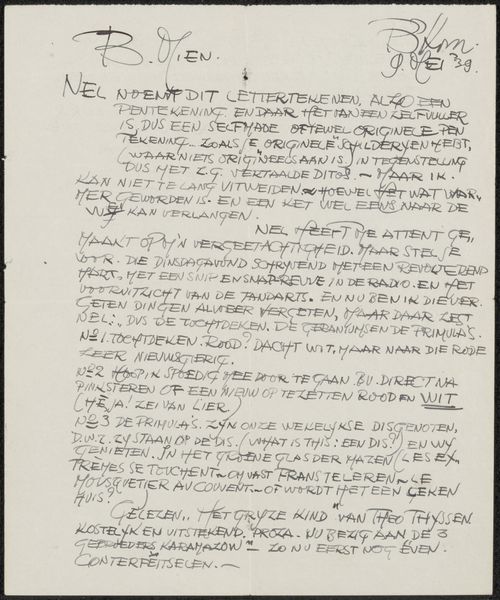
paper, photography, collotype
#
still-life-photography
#
paper
#
photography
#
collotype
Dimensions: height 73 mm, width 95 mm
Copyright: Rijks Museum: Open Domain
This "Ex libris" was made by Richard Nicolaüs Roland Holst, sometime around the turn of the 20th century, using a technique called wood engraving. The crisp lines and tonal gradations you see here are the result of a very specific way of working. Holst would have used specialized tools called burins to cut into the end grain of a block of wood, typically a dense hardwood like boxwood. This allowed for incredibly fine detail and precise control. Wood engraving was a popular method for creating illustrations and reproductions, particularly in the age of mass media before photography became dominant. The technique allowed for the relatively inexpensive reproduction of images alongside text. Consider this print as a product of its time, a moment when handcraft and industrial production were closely intertwined. While Holst's skill as an engraver is evident, this work also speaks to the broader social context of print culture and the dissemination of knowledge. It is a reminder that even seemingly small-scale works like this "Ex libris" are embedded in larger networks of labor, technology, and consumption.
Comments
No comments
Be the first to comment and join the conversation on the ultimate creative platform.
